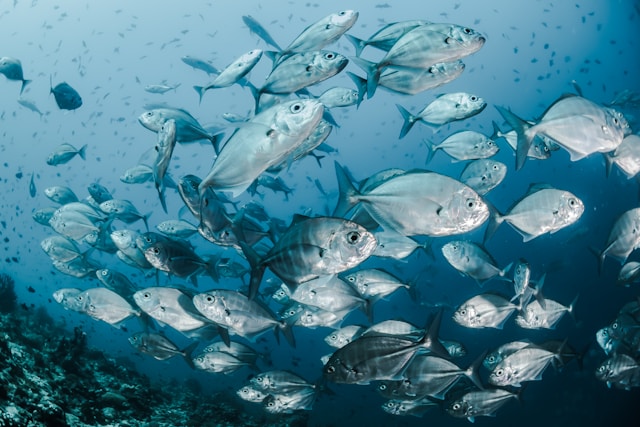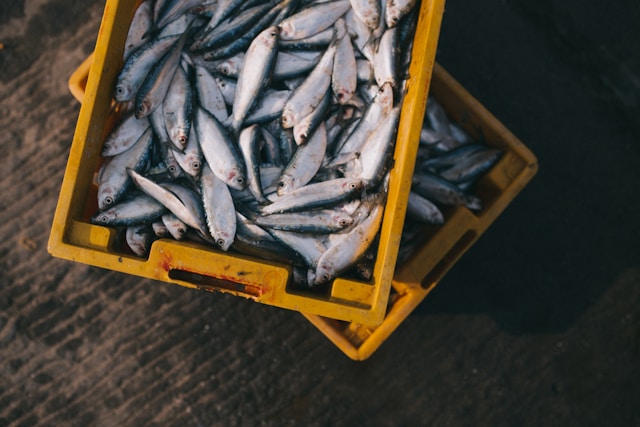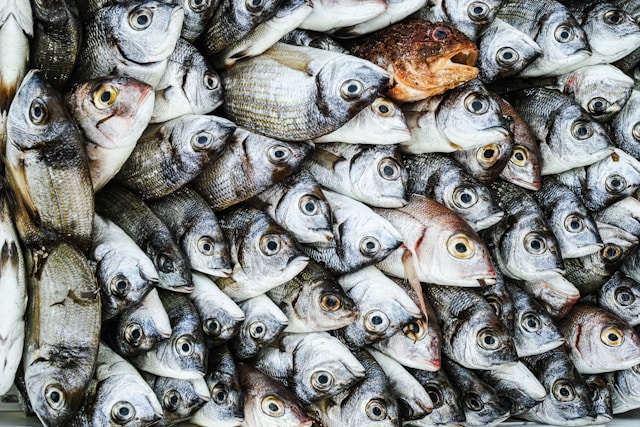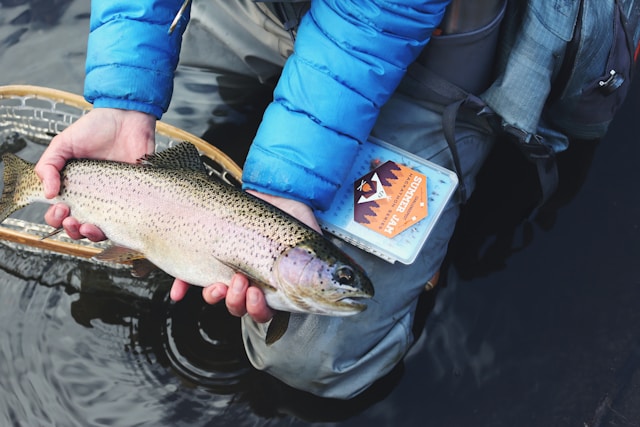In recent years, as the demand for seafood continues to rise, traditional fishing practices face increasing challenges such as overfishing and environmental degradation. In response to these concerns, aquaculture, also known as fish farming, has emerged as a sustainable alternative to meet the growing global demand for fish and seafood products. In this blog post, we’ll explore the fascinating world of aquaculture, its benefits, techniques, and its role in ensuring food security and environmental sustainability.

1. Understanding Aquaculture
Aquaculture refers to the farming of aquatic organisms such as fish, crustaceans, mollusks, and aquatic plants in controlled environments. Unlike traditional fishing, which relies on wild fish stocks, aquaculture involves the cultivation of fish in ponds, tanks, cages, or raceways. This method allows for the controlled production of fish in a sustainable and efficient manner, reducing pressure on wild fish populations and ecosystems.
2. Benefits of Fish Farming
One of the primary benefits of aquaculture is its ability to provide a reliable and consistent source of seafood to meet the demands of a growing population. By cultivating fish in controlled environments, aquaculture reduces reliance on wild fish stocks, helping to conserve marine ecosystems and biodiversity. Additionally, fish farming creates economic opportunities for coastal communities, stimulating job growth and economic development in regions where traditional fishing may be declining.
3. Sustainable Aquaculture Practices
Sustainability is a key principle in modern aquaculture practices, with a focus on minimizing environmental impact and maximizing resource efficiency. Sustainable aquaculture techniques include responsible site selection, proper waste management, and the use of eco-friendly feed ingredients. Integrated multi-trophic aquaculture (IMTA) systems, for example, combine the cultivation of multiple species to utilize resources more efficiently and reduce waste production.

4. Aquaculture Techniques
Aquaculture encompasses a wide range of techniques and systems tailored to the specific needs of different species and environments. In freshwater aquaculture, fish such as tilapia, catfish, and trout are commonly farmed in ponds or raceways. Marine aquaculture, on the other hand, involves the cultivation of species like salmon, shrimp, and oysters in coastal waters or offshore cages. Recirculating aquaculture systems (RAS) are another innovative approach that recycles water and maintains optimal environmental conditions for fish growth.
5. Aquaponics: A Sustainable Integration
Aquaponics is a sustainable farming method that combines aquaculture with hydroponics, the cultivation of plants in water. In aquaponic systems, fish waste serves as a nutrient source for plants, while plants help filter and purify the water for the fish. This symbiotic relationship creates a closed-loop ecosystem where fish and plants thrive together, maximizing resource efficiency and minimizing waste.

6. Addressing Challenges and Future Prospects
While aquaculture offers numerous benefits, it also faces challenges such as disease outbreaks, water pollution, and habitat degradation. Addressing these challenges requires ongoing research, innovation, and collaboration among stakeholders. Looking ahead, the future of aquaculture holds promising opportunities for sustainable growth and development, with advancements in technology and best management practices driving continued progress in the industry.6n conclusion, aquaculture plays a vital role in meeting the world’s growing demand for seafood while promoting environmental sustainability and economic development. By embracing responsible practices and innovative techniques, fish farming has the potential to contribute to food security, poverty alleviation, and ecosystem conservation on a global scale. As consumers become more aware of the origins of their food and the importance of sustainability, aquaculture will continue to play an increasingly important role in shaping the future of the seafood industry.






